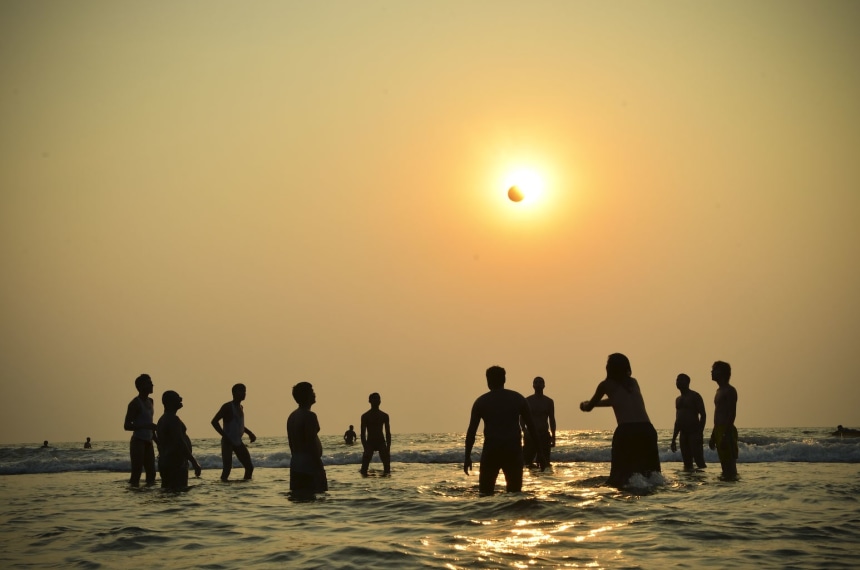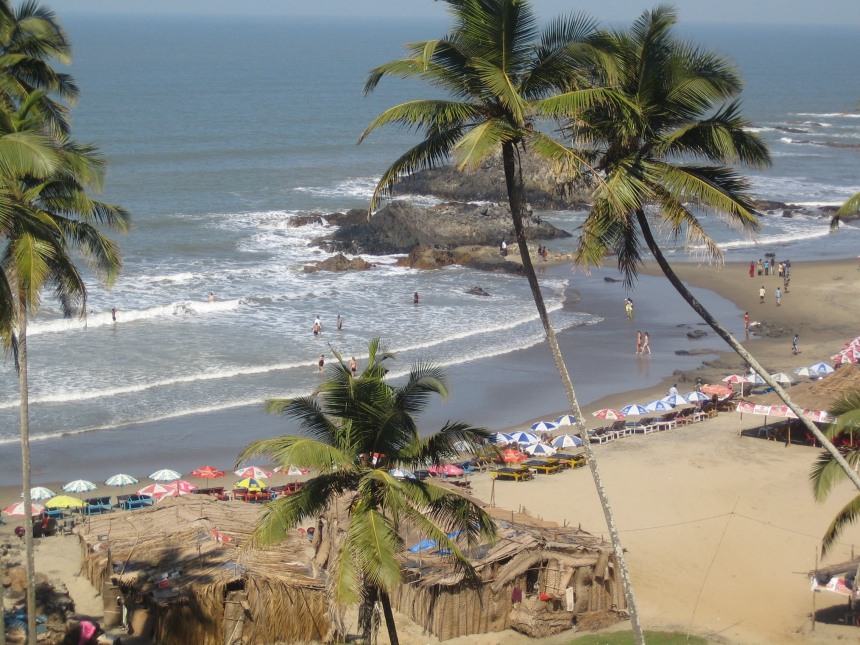| 4 mins read
For many world travelers, India is the ultimate destination on their bucket list. A country saturated in history, culture and religion with endless landscapes and giant cities to be explored - it’s a tiring, confusing and wild, and yet a rewarding country to visit. For travelers who are ready to hit the giant subcontinent but aren’t looking to dive immediately into the deep end (like the major hubs of Delhi, Kolkata, Mumbai), there’s a perfect destination for you. Only a short trip south from the west-coast hub of Mumbai is the coastal state of Goa: India’s tropical paradise. With beaches, a rich history, friendly locals and a laid-back atmosphere, Goa is the perfect starting point for your journey in India.
Exploring North Goa
Goa is most easily explored when broken up into three regions: north, central and south. The Northern Goa scene (generally) runs from Vagator in the north down to Sinquerim in the south. Home to some of the safest beaches in the state, visitors can expect to find resort-packed waterfronts with thousands of foreign and domestic tourists (in the high season). Beaches, restaurants, bars and hawkers fill this northern Goa region, which is also famous for its peak season party vibe. If you’re looking for the traditional “hippie” Goa, the North is the region you should head for. Most foreigners frequent the Baga, Calangute and Candolim and Anjuna areas, where some of the most popular public beaches can be found.
Moving Down to Panjim and the Central Goa Region
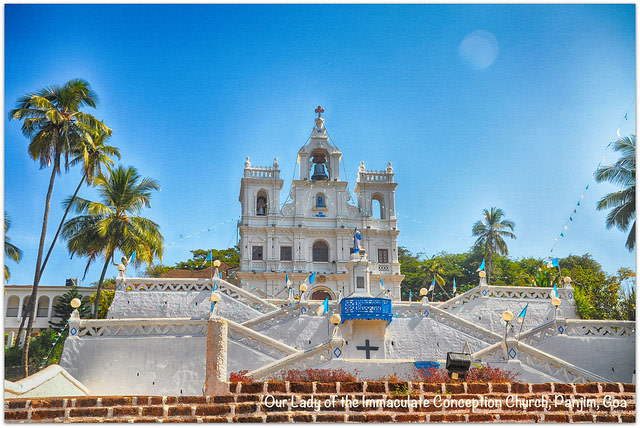
Moving South Along the Coast
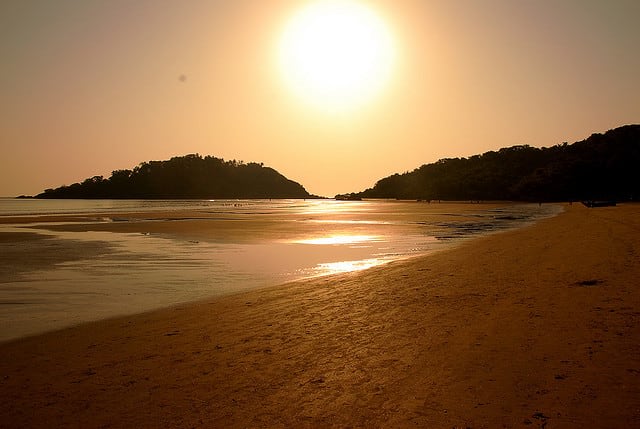
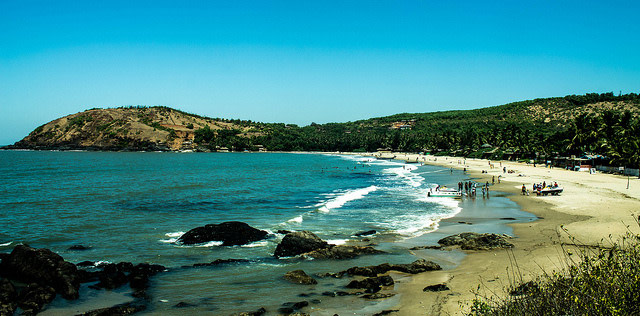
When should you Go? November-February is the peak time to visit (for the most agreeable weather patterns), March-May is the hottest and most humid time (but less crowded), and the monsoons roll into the region between June and October.
Image Details and Licenses: https://flic.kr/p/aCGEYY (Sergi Hill, CC BY-NC-ND 2.0) https://flic.kr/p/5tnd3S (Amit chacko Thomas CC by 2.0), https://flic.kr/p/ePaWJn (Eustaquio Santimano, CC BY-NC-ND 2.0), https://flic.kr/p/5He1zT (Mikhail Esteves, CC BY-NC-SA 2.0), https://flic.kr/p/kFNzyR (Sitabja Basu, CC BY-NC-SA 2.0)


